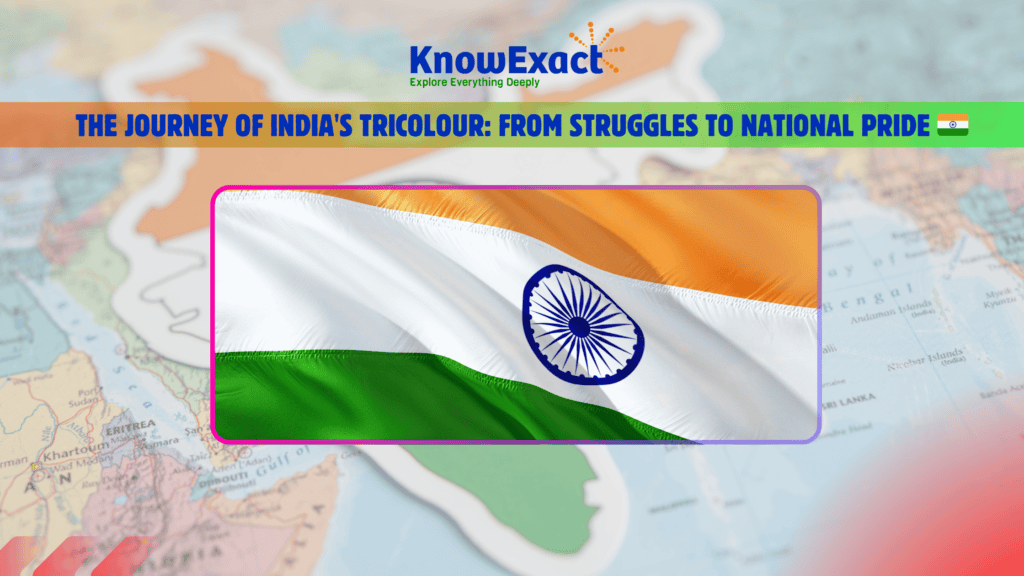Table of Contents
ToggleThe Journey of India’s Tiranga: From Struggles to National Pride 🇮🇳
Republic Day is a time for every Indian to reflect on the journey of the nation from colonial rule to freedom. A symbol of India’s independence and pride, the National Flag has a fascinating history. Each year, on January 26th, the President of India unfurls the tricolour at the Red Fort to mark Republic Day, but how did this iconic flag come into being? Let’s explore the evolution of the Indian National Flag and discover the journey it took before it became the emblem we proudly wave today.
India’s National Flag: A Symbol of Pride 🇮🇳
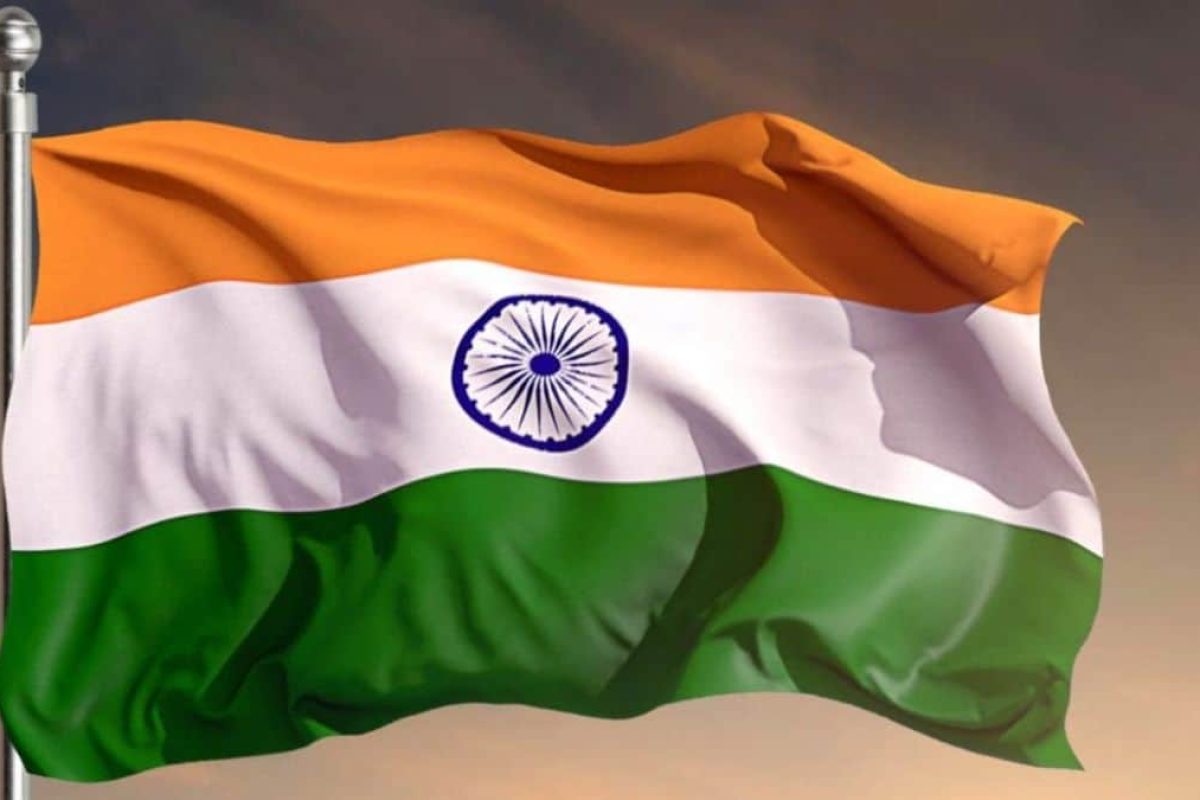
The Indian National Flag consists of three horizontal stripes: saffron at the top, white in the middle, and green at the bottom. At the center of the white band sits the Ashoka Chakra, a navy-blue wheel with 24 spokes, symbolizing the eternal wheel of law (Dharma Chakra). But what do these colours mean? Let’s break it down:
- Saffron: Represents strength and courage.
- White: Symbolizes peace and truth, and the Dharma Chakra signifies the law of righteousness.
- Green: Represents the fertility, growth, and auspiciousness of the land.
These colours embody the spirit of the nation, but the journey to the flag we see today was long and filled with change. Let’s take a deeper look into the evolution of India’s tricolour.
The Early Days: Flags of the Freedom Struggle ⚡
1. The First Indian Flag (1904-1906)
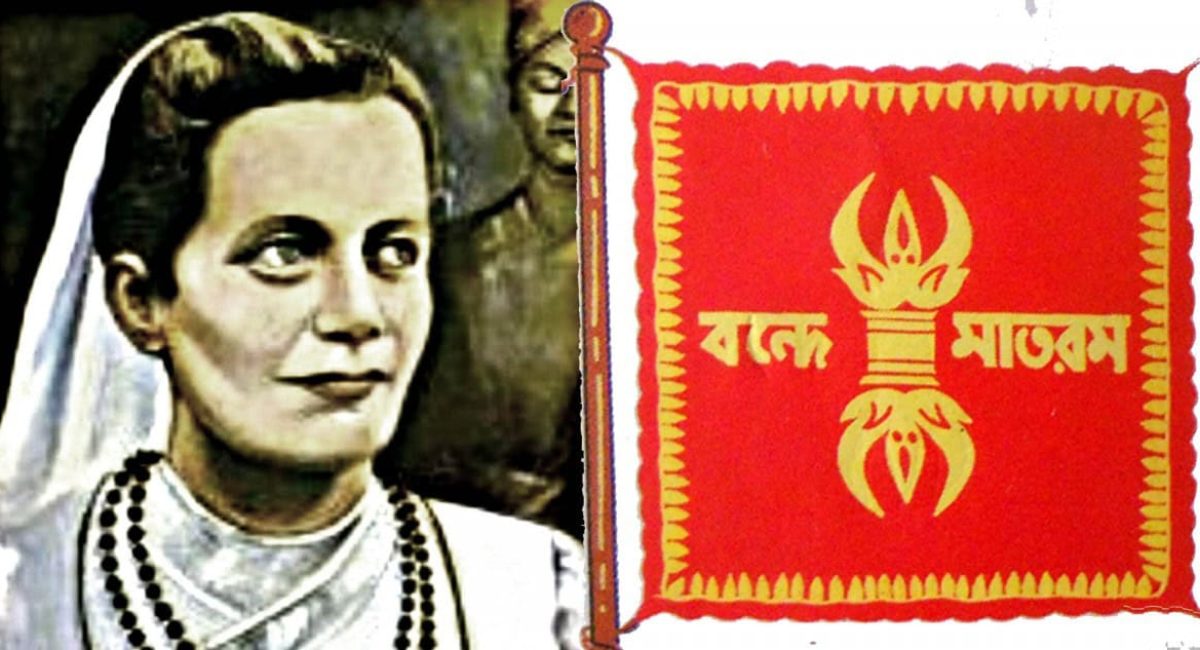
In 1904, an Irish disciple of Swami Vivekananda, Sister Nivedita, created the first Indian flag. The flag had red and yellow colours, where red signified the freedom struggle and yellow was a symbol of victory. The flag also carried the words “Bonde Matoram” and symbols of the Vajra (Indra’s weapon) and a white lotus, representing strength and purity.
2. The 1906 Flag
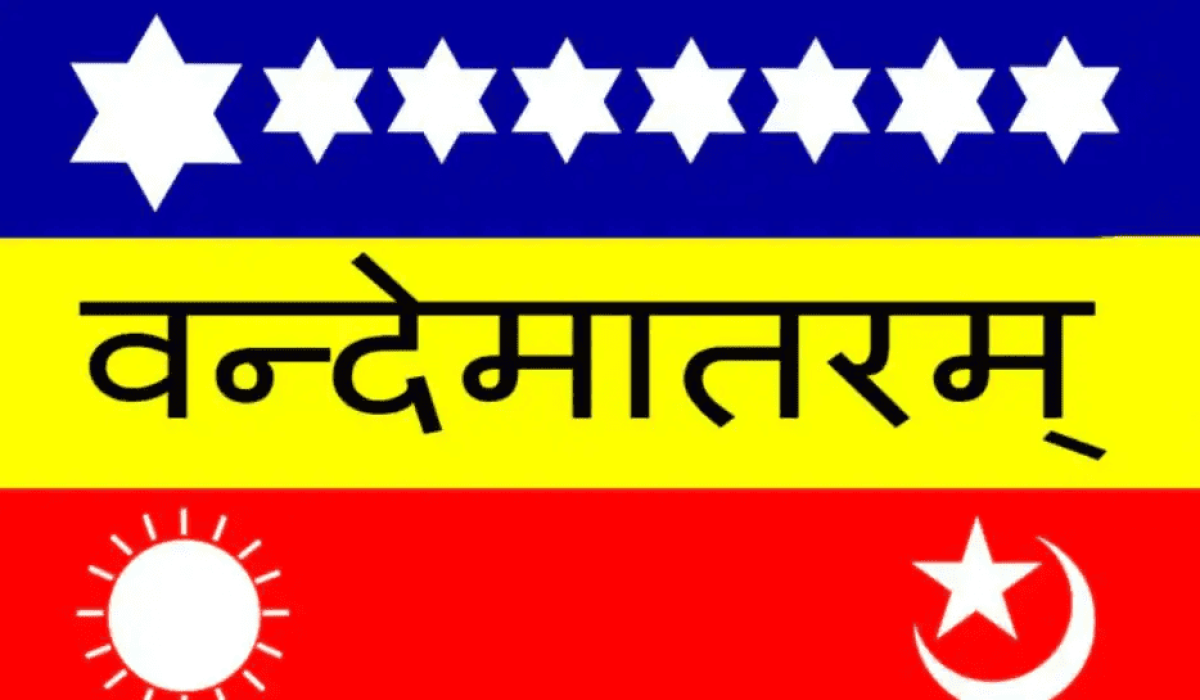
In 1906, another flag emerged, consisting of three horizontal strips: blue, yellow, and red. The blue strip had eight stars, while the red had a crescent moon and sun, and the yellow had the words Vande Mataram in Devanagari. This was one of the first attempts at a national flag, but it wasn’t widely adopted.
3. The Calcutta Flag (1906)
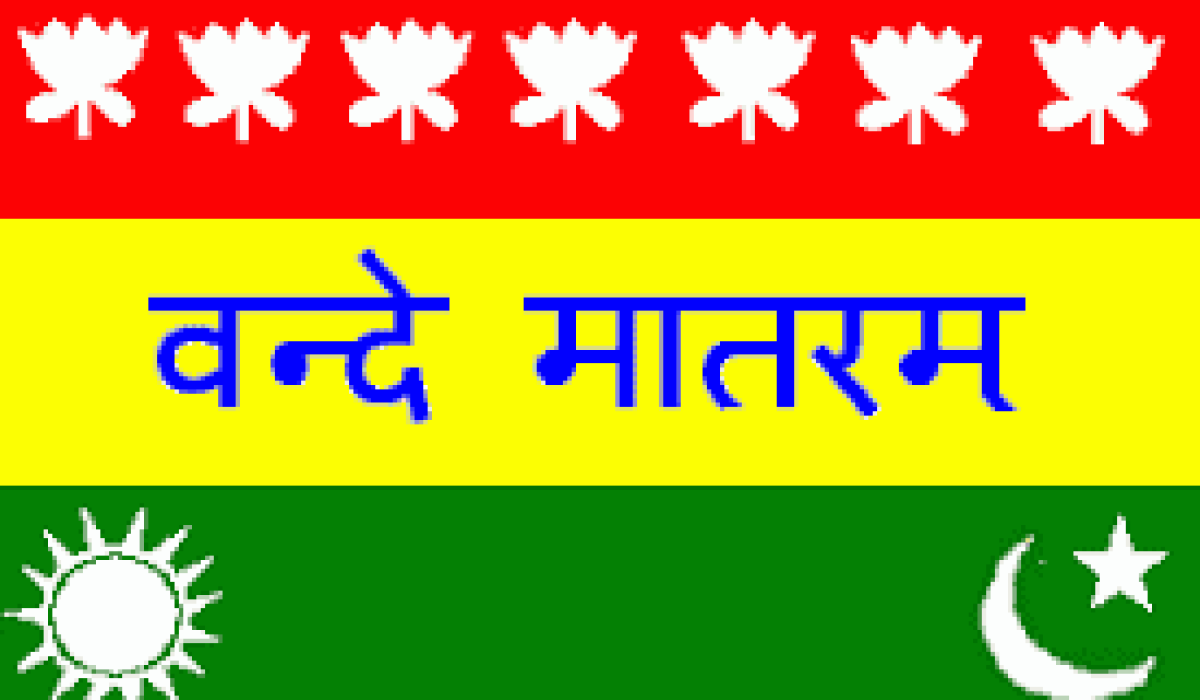
On 7 August 1906, the first unofficial national flag was hoisted at Parsee Bagan Square in Calcutta (now Kolkata). Known as the “Calcutta Flag”, it featured three stripes of red, yellow, and green. The green strip had eight half-open lotuses, and the flag was associated with the boycott movement against the partition of Bengal.
The Struggle Continues: Flags of Protest and Unity 🧡💚
4. The Flag Hoisted in Germany (1907)
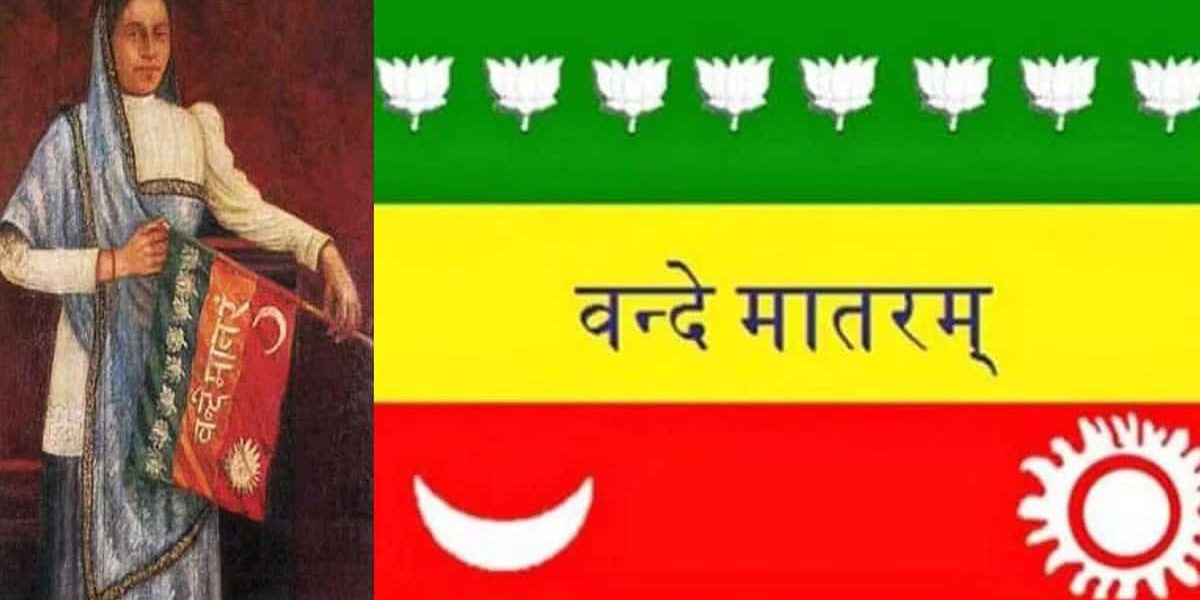
In 1907, Madam Cama and fellow revolutionaries hoisted the first Indian flag in a foreign land at Stuttgart, Germany. This flag had green at the top, golden saffron in the middle, and red at the bottom, symbolizing the unity of Indian nationalists across the world.
5. Pingali Venkayya's Design (1916)
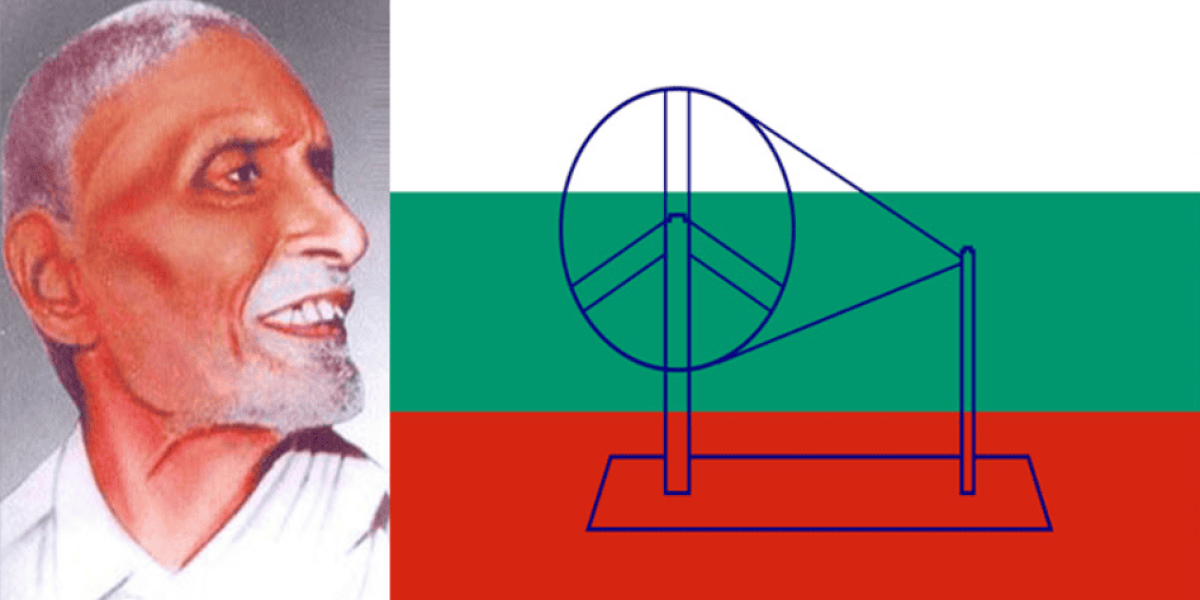
In 1916, Pingali Venkayya, with guidance from Mahatma Gandhi, created a flag using Khadi. It featured red and green colours, with a Charkha (spinning wheel) in the center, symbolizing India’s economic self-sufficiency. However, Gandhi later suggested incorporating a white strip to represent all communities in India.
6. The Home Rule League Flag (1917)
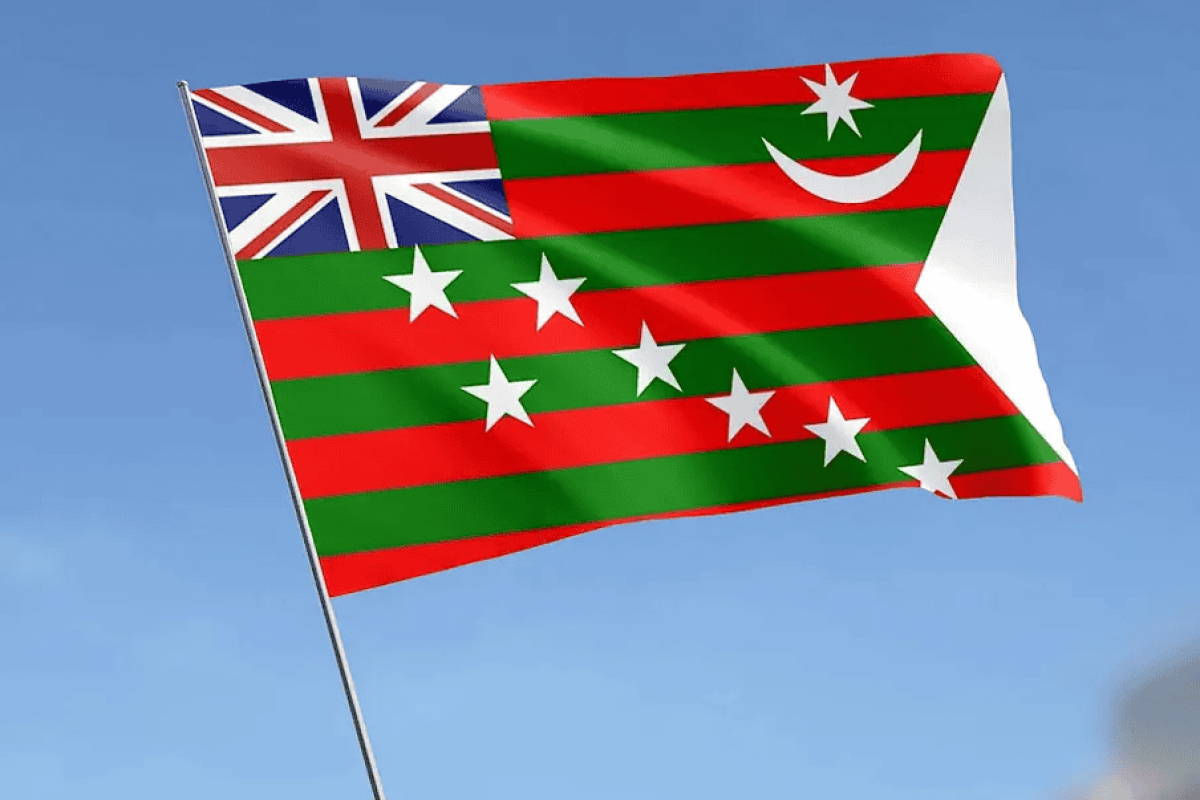
The Home Rule League, led by Bal Gangadhar Tilak, adopted a new flag in 1917, which had the Union Jack in the corner and red and blue stripes with a crescent moon and seven stars representing the Saptarishi constellation. While this flag was significant, it didn’t gain widespread acceptance.
7. The Flag of 1921
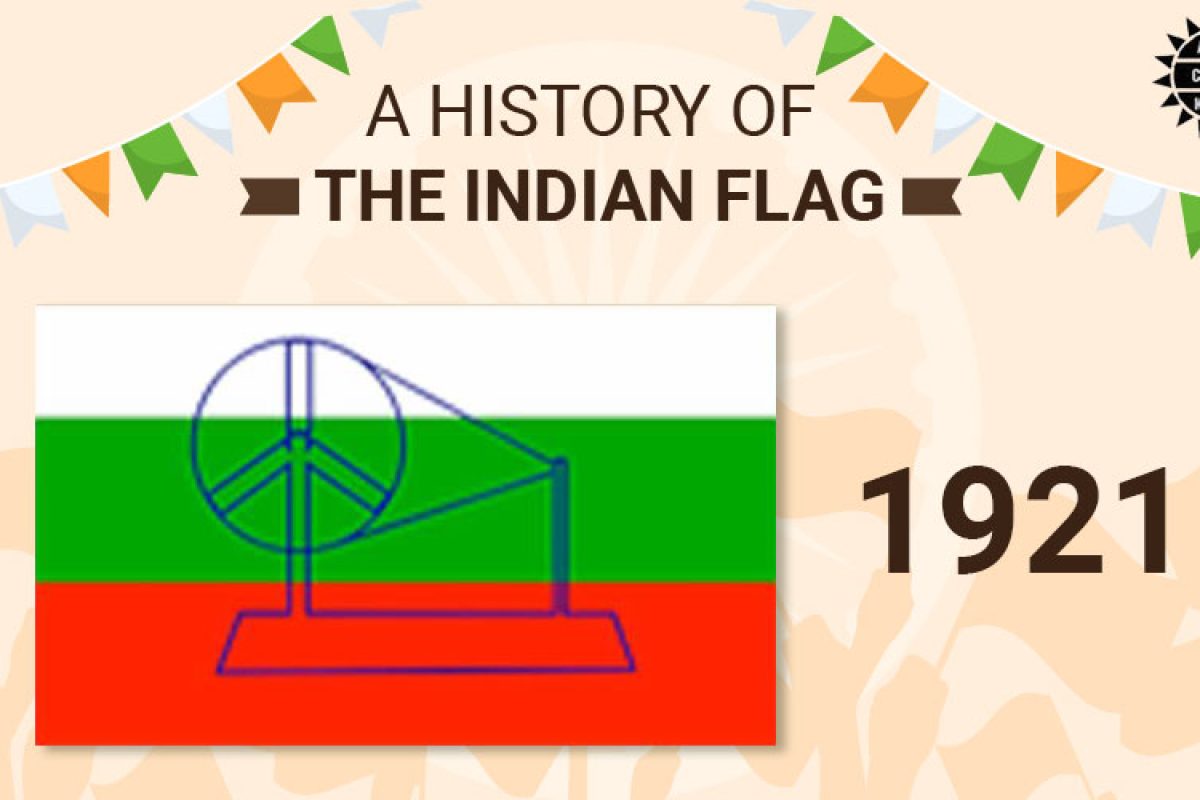
At the All India Congress Committee session in 1921, an Andhra youth presented a flag to Mahatma Gandhi, which was red, green, and had a white strip. Gandhi recommended adding a spinning wheel to symbolize progress. This flag laid the foundation for the future Indian National Flag.
The Turning Point: The Official Tricolour 🇮🇳
8. The 1931 Resolution
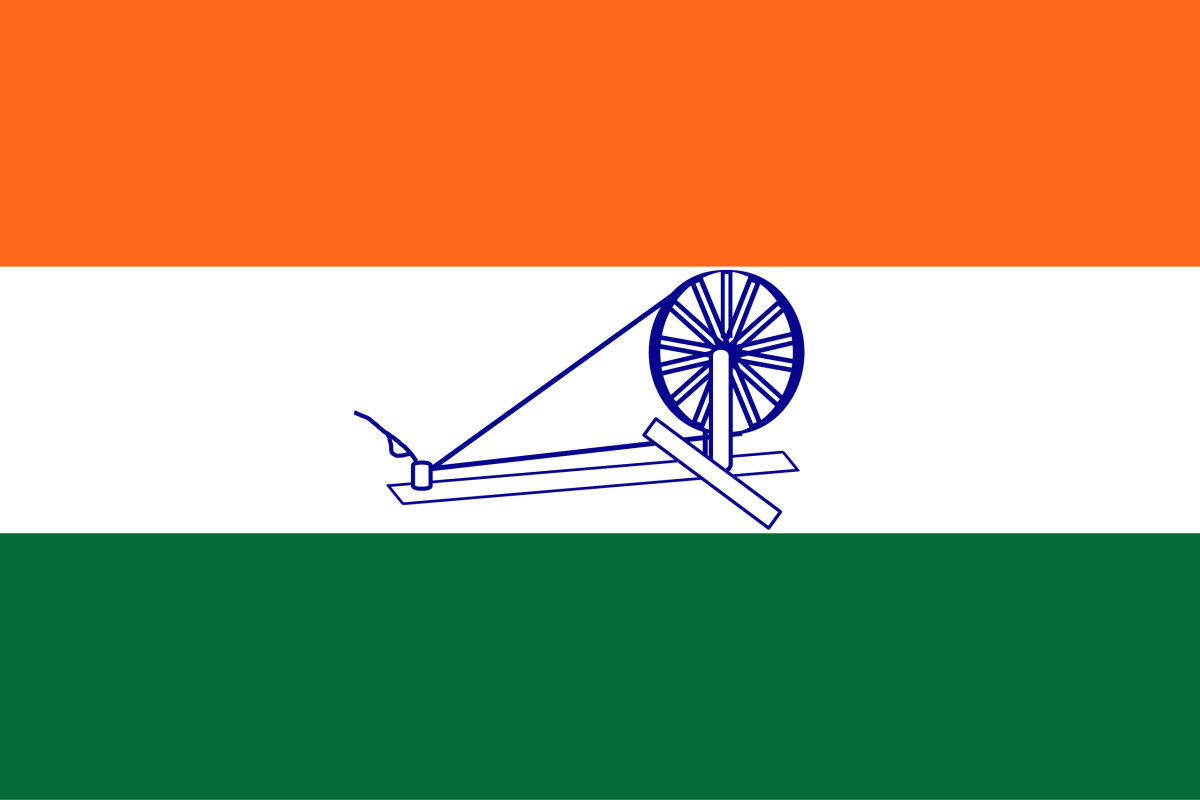
In 1931, the Indian National Congress passed a resolution to adopt a tricolour flag. It featured saffron, white, and green stripes with a spinning wheel (charkha) at the center. Gandhi envisioned it as a non-communal flag, symbolizing the unity of all communities. This flag, however, still had a significant association with Congress and the independence movement.
9. The Final National Flag of Independent India (1947)
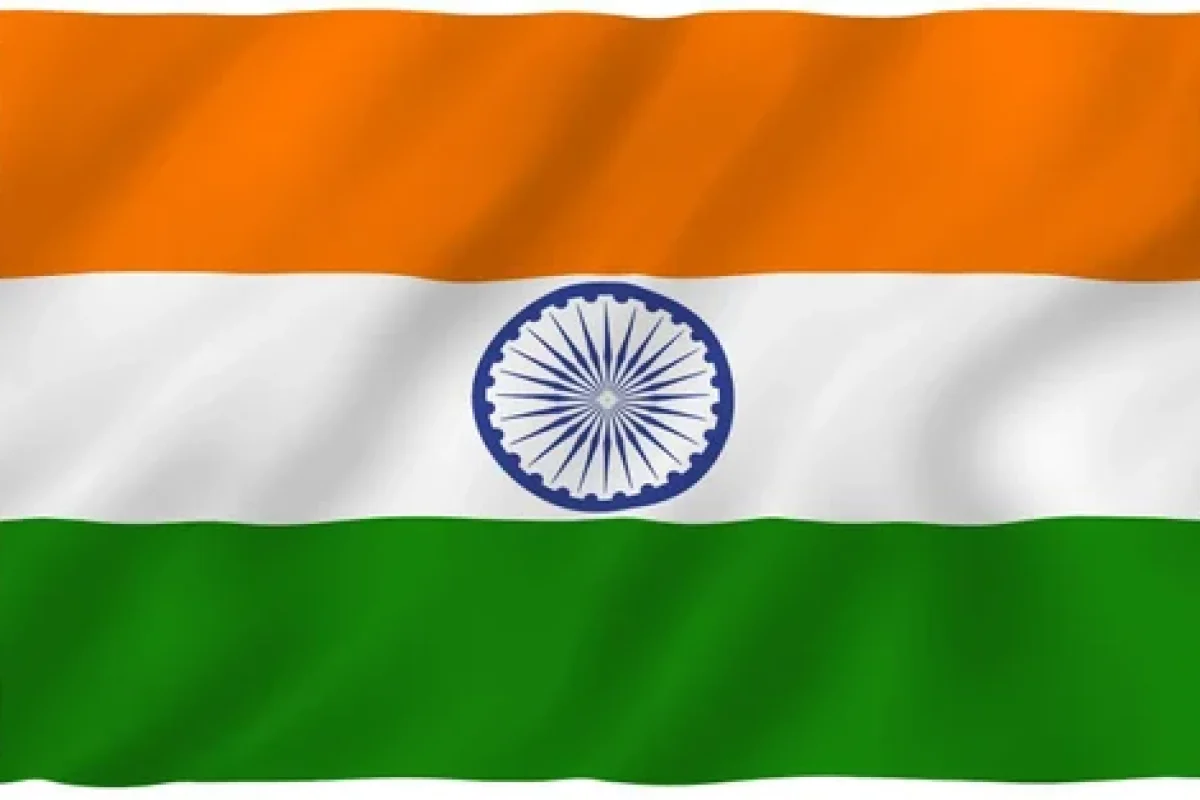
On 22 July 1947, the Constituent Assembly of India formally adopted the flag we know today. After independence, the spinning wheel was replaced by the Ashoka Chakra—a wheel with 24 spokes symbolizing the eternal cycle of life and law. This design was officially adopted, marking the tricolour as the flag of independent India.
The Flag Code of India: Honoring the Tricolour 🇮🇳
In 2002, the Flag Code of India was revised, allowing citizens to proudly display the National Flag on any day, not just on national holidays. The Flag Code outlines rules and regulations for displaying the flag and emphasizes the respect and honor that must be shown toward the tricolour. It’s important to follow the guidelines to ensure the flag is displayed in its proper form and honor its significance as a symbol of the nation.
Final Thoughts: The Tricolour - A Symbol of Unity and Freedom 🌍
From its early designs during the freedom struggle to its adoption as the official flag of independent India, the National Flag represents the strength, courage, peace, and unity of the Indian people. As we celebrate Republic Day and mark the 76th anniversary of our republic in 2025, we should remember the flag’s rich history and its role in uniting India. Our tricolour is not just a piece of cloth; it’s a symbol of sacrifice, struggle, and the spirit of ONE NATION – ONE PEOPLE.
As we are celebrating Republic Day 2025, let’s remember the rich journey of our National Flag and the people who fought to bring it to life. The Indian tricolour continues to stand tall, reminding us of the freedom and unity that define us as a nation.

